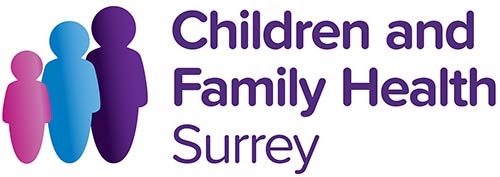As your child’s vocabulary develops, they learn to join words together to form sentences.
These sentences become longer and more complex as the words used by your child develop.
- Model the correct grammar: repeat the sentence back using adult grammar. This helps your child learn how the sentence should be said e.g. your child: 'At school today the computer breaked', you: 'Oh, at school the computer broke'. Your child: 'Cut stick', you 'Cutting and sticking'.
- Expand on what your child says: add one piece of extra information e.g. your child: 'Man tree', you 'The man is climbing up the tree'.
- Offer a choice: give your child a choice of what to play with/eat/drink/wear. Adapt to your child’s level of language e.g. you 'Jumper or t-shirt?' or 'Do you want the red jumper or the yellow jumper?'
- Open questions: avoid questions requiring a one-word answer, such as 'Are the children playing on the slide?' Instead ask: 'What is happening in the playground?' Your child can then respond with a sentence such as: 'The children are playing on the slide'.
- Sentence completion: start a sentence for your child to finish e.g. you: 'The man is sitting…', your child: 'on top of the house'.
- Increase independence: for older children, repeat back your child’s sentence the way they have said it and ask them to think of one way they could improve it.
- Look at pictures in books, magazines and newspapers. Take turns with your child to say something about the picture.
- Find objects/pictures of things that go together and discuss them.
- See if your child can select either an object or a picture after hearing its description. You can give the description in single words, phrases or sentences. For example, a ball can be described as 'black, round, bouncy' or 'It's made of rubber and you play sports with it'.
- Make a scrapbook using photographs of people doing things or events. Encourage your child to give you a word/sentence to write underneath (depending on their language level). Sometimes this may encourage better sentences than if your child is just telling you.

